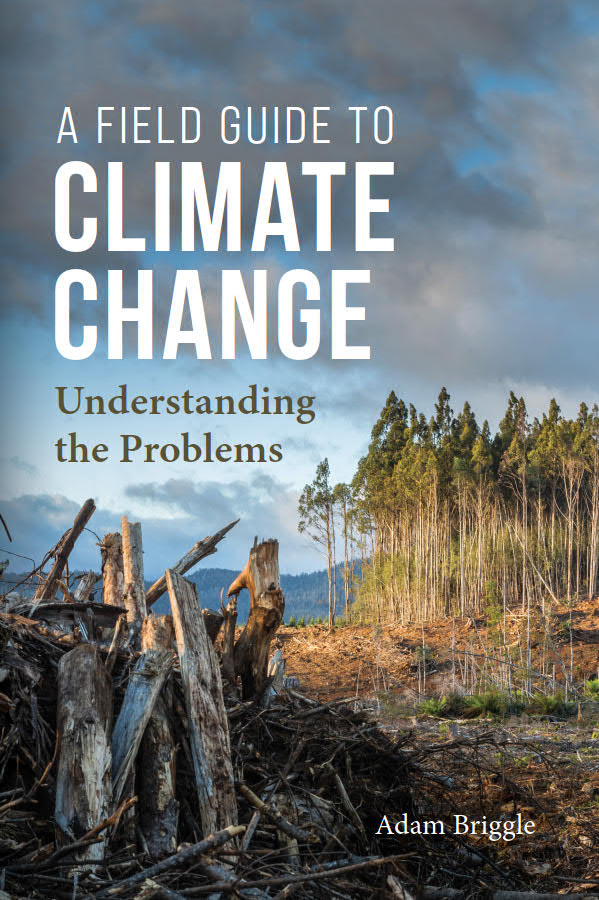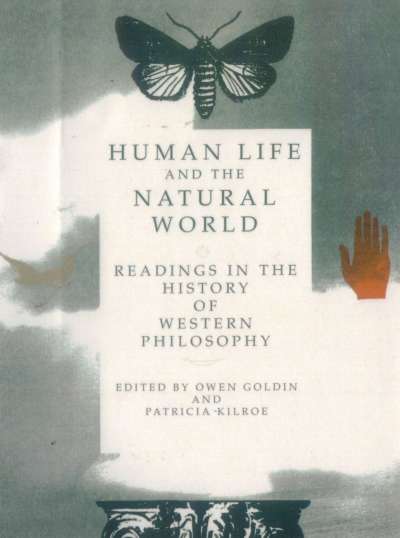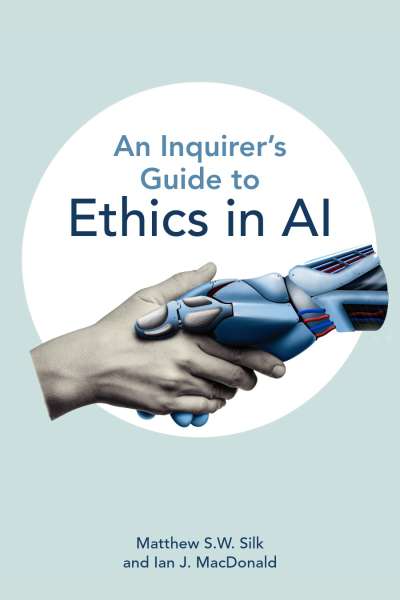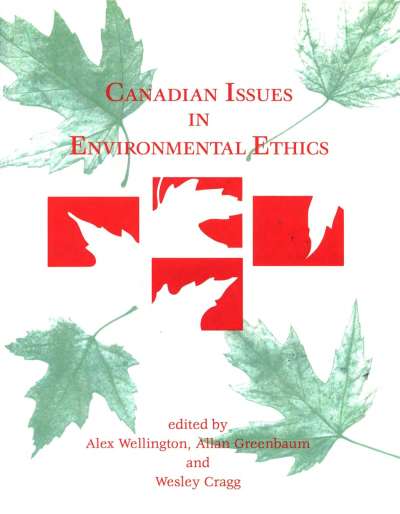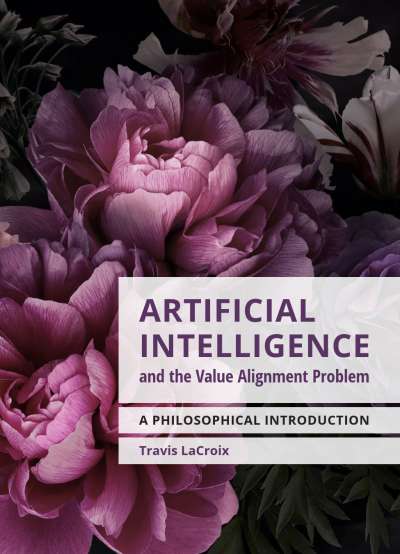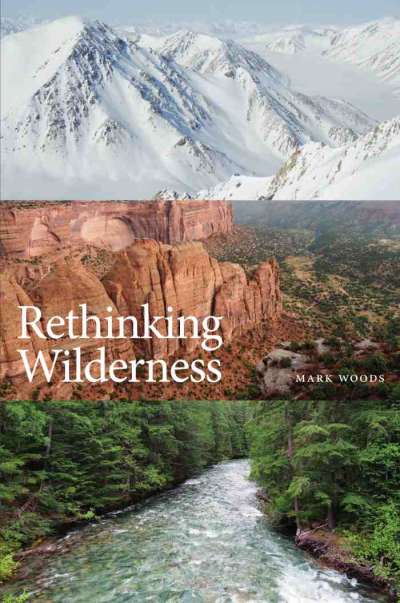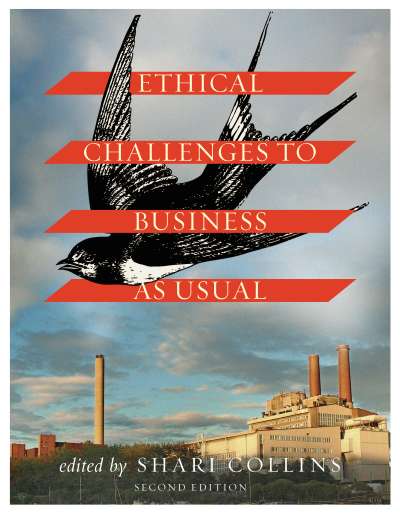This book is a guide for understanding climate change. It takes an interdisciplinary approach because climate change is simultaneously a matter of science, engineering, economics, politics, culture, ethics, and more. A Field Guide to Climate Change thus follows the contours of climate change as it appears in the world—as a tangle of problems. Briggle presents climate literacy as a form of problem-posing by offering a set of tools for understanding how problems get framed, debated, and resolved. Through developing climate literacy, students gain the ability to think critically about how facts are constructed and mobilized in the pursuit of values.
Part One (Big Picture and Fundamentals) provides basic definitions and broad orientation by situating climate change within larger contexts like the Anthropocene, international climate diplomacy, sustainable development, and “green growth.” Part Two (Climate Sciences) offers tools for understanding climate science, its historical development, and its place in society by asking: who knows, what do we know, and how do we know it? Part Three (Politics, Ethics, and Policy) shows how to analyze debates about climate change policies from mitigation to rewilding.
Comments
“When I tell my liberal arts students that climate change is not just a science problem, they look skeptical. Now I have an undergraduate textbook that brilliantly makes the case that climate change is above all a moral issue of unprecedented proportions. Adam Briggle turns the esoteric matters of philosophy and climate modeling into an accessible introductory text that engages students personally and academically. Interrogating familiar tropes and eschewing easy answers, Briggle provides students with the tools of ethical reasoning essential to navigating the wicked problem of climate change.” — Janice Harvey, Department of Environment & Society, St. Thomas University, Canada
“Briggle provides an engaging and insightful overview of the key themes and debates in climate change. He frames the issue in terms of our mental models, where they come from, and how they resonate with our values. Briggle’s Field Guide challenges us to reflect on the many paradoxes that define our climate problem and guides us to develop our own perspective on climate action through a series of questions and activities. This accessible text will be useful for undergraduates and anyone approaching climate change for the first time.” — Sam Rowan, Department of Political Science, Concordia University, Montreal
“There aren’t a lot of textbooks in the climate literature that introduce the complicated scientific and political background necessary to understand the climate problem while also remaining sensitive to the philosophical arguments that inform climate policy. Briggle’s Field Guide goes a long way to fill that gap. This fantastic book offers readers and instructors a clearly organized, well-argued introduction to the conceptual connections between science, values, and policy.” — Benjamin Hale, Departments of Environmental Studies and Philosophy, University of Colorado Boulder

